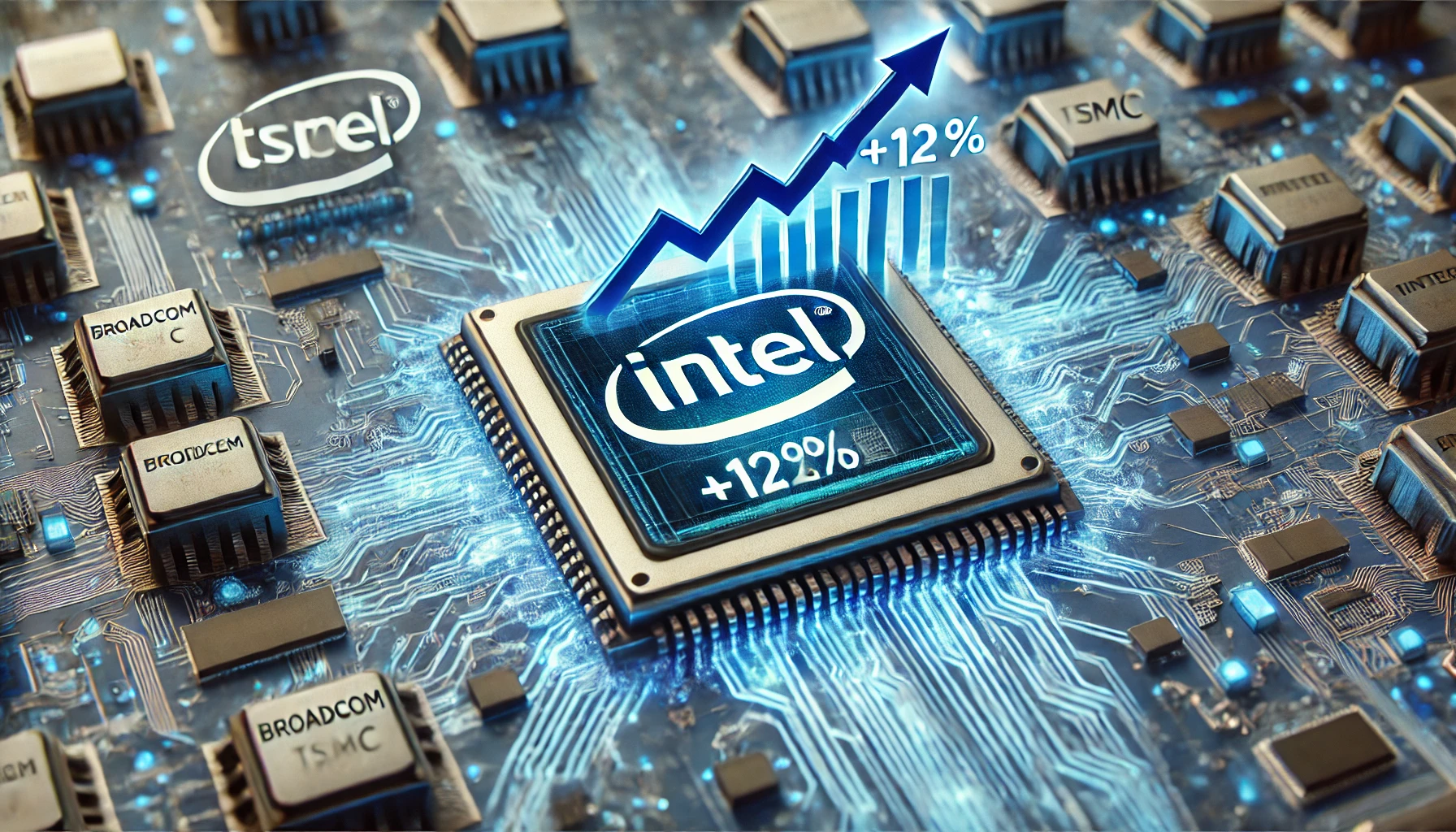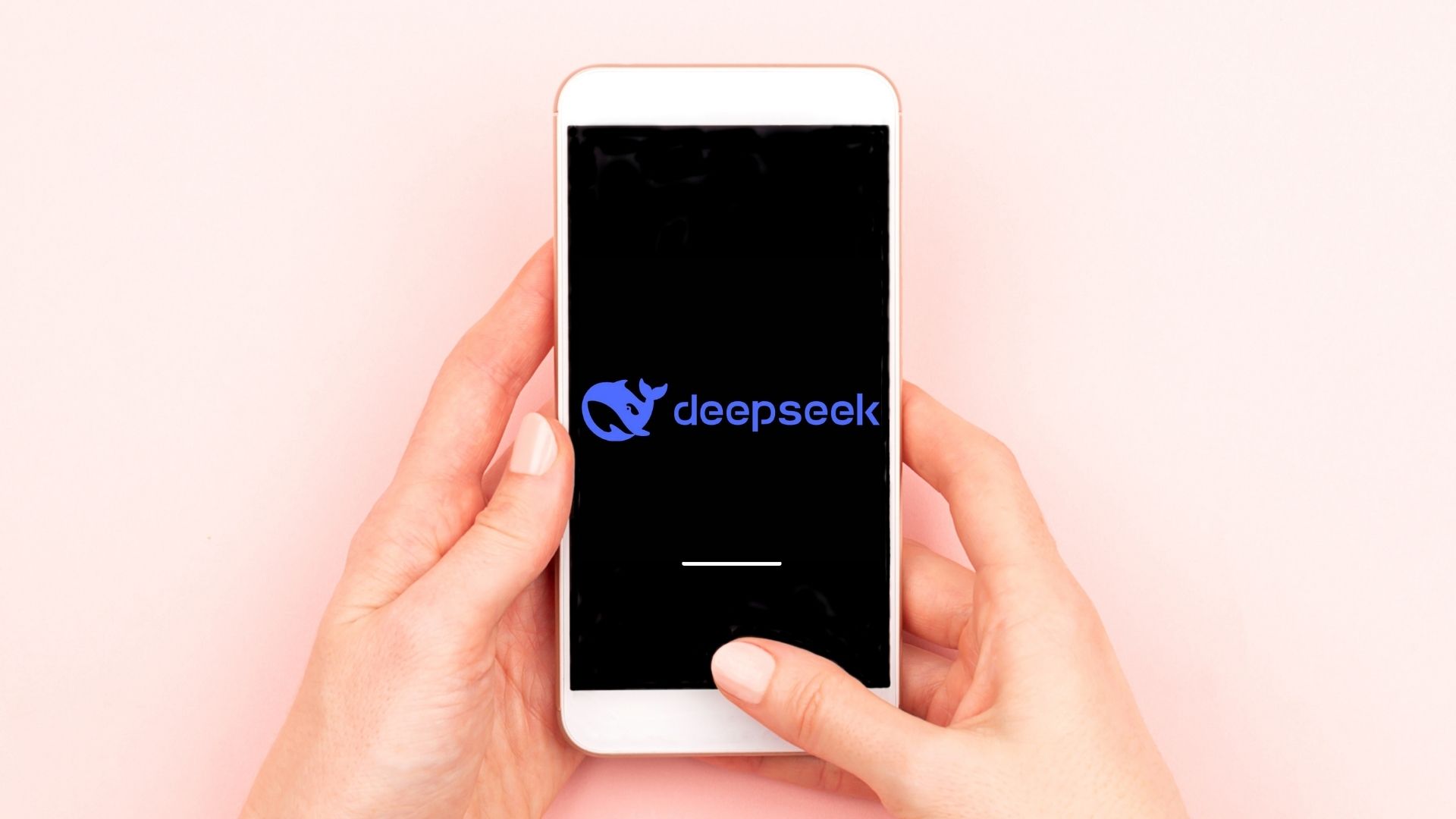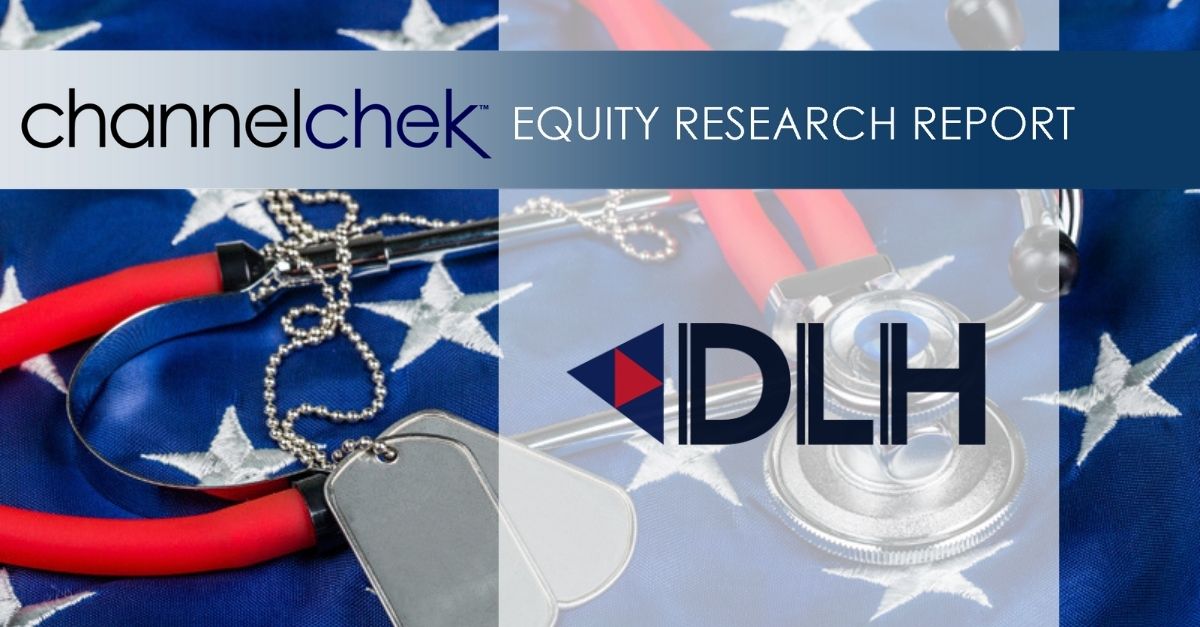| Key Points: – Broadcom and Taiwan Semiconductor Manufacturing Co. (TSMC) are reportedly considering independent deals that could split Intel. – Intel has lost billions in market value after falling behind in the AI-driven semiconductor boom. – Despite a 60% slump in 2024, Intel shares have climbed 29% this year, with a 12% rally on Tuesday. |
Intel shares surged 12% on Tuesday following a report from The Wall Street Journal that Broadcom and Taiwan Semiconductor Manufacturing Co. (TSMC) are contemplating bids that could potentially split the struggling chip giant. This marked Intel’s best single-day performance since March 2020, fueling renewed investor interest in the company’s future.
According to sources cited by The Wall Street Journal, Broadcom is evaluating a deal to acquire Intel’s chip design and marketing unit, while TSMC is considering a stake or full control of Intel’s manufacturing facilities. These discussions are still in their early stages, with no official bids filed and negotiations remaining largely informal.
Intel, once a dominant force in the semiconductor industry, has faced significant challenges in recent years. As the artificial intelligence boom propelled competitors such as Nvidia and AMD to new heights, Intel struggled to keep pace. The company has shed billions in market value, unable to capitalize on the AI-driven demand that has reshaped the sector.
In August 2024, Intel suffered its worst stock market day in five decades, with shares plummeting to their lowest level since 2013 following disappointing quarterly results. The company’s struggles prompted major cost-cutting measures, including a 15% reduction in its workforce. Amid these difficulties, Intel’s board ousted CEO Pat Gelsinger in December, citing waning investor confidence in his ability to steer the company back to profitability.
The prospect of Broadcom and TSMC acquiring different segments of Intel signals a possible strategic shift for the embattled chipmaker. Broadcom, known for its aggressive acquisition strategy, could benefit from Intel’s chip design expertise and established market presence. Meanwhile, TSMC, the world’s largest contract chipmaker, would strengthen its global semiconductor manufacturing footprint by securing Intel’s production facilities.
Investors responded positively to the news, with Intel shares soaring 12% on Tuesday. The rally extended the stock’s year-to-date gains to 29%, offering some relief after a brutal 2024 that saw a 60% decline in share value. Meanwhile, Broadcom shares fell 2%, while TSMC experienced a modest dip of less than 1%.
The potential breakup of Intel comes amid broader geopolitical concerns surrounding semiconductor production. The U.S. government has intensified efforts to safeguard domestic chip manufacturing, with Vice President JD Vance recently affirming that AI chip production will be protected from foreign adversaries. This sentiment boosted Intel’s stock last week, as the company remains a key player in the U.S. semiconductor supply chain.
As Intel navigates its uncertain future, the reported interest from Broadcom and TSMC could present an opportunity for the company to restructure and regain competitiveness in the rapidly evolving semiconductor industry.














